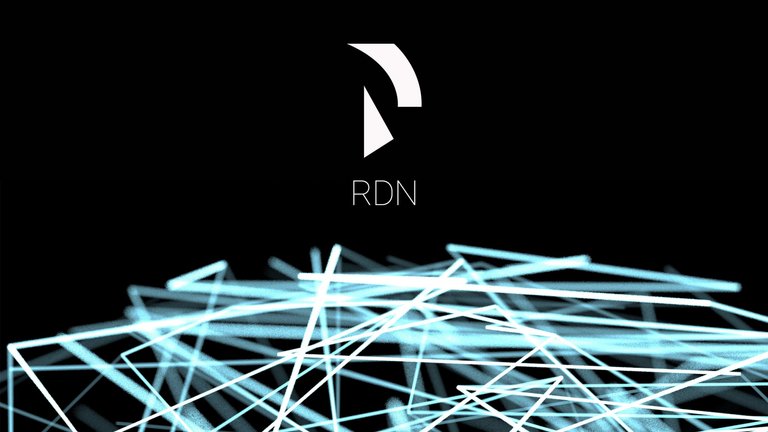Cyber•Fund is introducing a series of publications that provide an overview of some of the best speaker topics we’ve hosted at our meetups. Put simply, the Raiden Network is an off-chain transfer network for Ethereum ERC-20 tokens. It provides a fast, scalable and cheap alternative to on-chain token transfers. Transfers using the Raiden Network guarantee finality, security and decentralization as seen in the Blockchain.

Problems the Raiden Network Solves
Scalability
- The more users within the Raiden Network, the higher the network capacity.
Latency and Conformation Time
- Confirming the completion of a transaction on the Ethereum Network requires waiting for multiple blocks; each block takes roughly 10 to 15 seconds. Due to this wait time the Ethereum platform limits opportunities as seen among many use cases. The Raiden Network, however, allows the user to conduct instant transactions.
Transaction Fees
- Compared to the Ethereum Network, the Raiden Network presents lower transaction fees.
Privacy
- All transactions on the Ethereum Network are public, but the Raiden Network facilitates private transfers between the payer, payee and nodes forwarding the transfer. Only the settled transactions are publicly visible.
How the Raiden Network Functions
Based on three pinnacle concepts–hashlock, payment channels and the payment channel network–the Raiden network is realized by a combination. Hashlock is a type of encumbrance that restricts the spending of an output until a specified piece of data is publicly relevant. Payment channels are built upon digitally signed and hash-locked, bidirectional transfers called balances proofs. They are fully collateralized by previously setup, on-chain deposits. The payment channel network, the Raiden Network, is the network and protocol for routing and interlocking channel transfers.

For example, say user A wants to transfer tokens to user D. If there is no direct payment channel between them, user A rents payment channels through users B and E in order to conduct the transaction. This means the payment is first sent to user B, then E and finally user D who receives their payment. User A sends the transaction protected by a hashlock, and only user D knows the hashlock key and can use the funds. This system guarantees the receipt of payment by user D.
Use Cases
Retail Payment and P2P
- It is possible to build an online store using the network platform because transactions are conducted at such a high speed and low cost.
Micropayments
- Without a micropayment system, an economy of robots is impossible. Likewise, it is commercially impractical if the fee for commission exceeds the fee for service.
Instant Token Swaps
- The instant swapping of tokens is the core of decentralized exchanges.

The Raiden Network is only used as a test network, however, there is an actual implementation of μRaiden. μRaiden works in the main network and is able to support the opening of the payment channel. It is a lite version of the Raiden Network, but can be used to experiment and even implement in individual projects.
For more information please contact: pr@cyberfund.io
so its built on top of ethereum. for it to be adopted daps are built on top of raiden?
µRaiden enables the user to make micropayments through unidirectional payment channels. It uses the Raiden Network's payment channels, and although right now it does not support multihop transfer fees (tokens can only be sent unidirectionally to predetermined receivers) the Raiden Network is going to remove this limitation to allow token transfer between any two parties in the network.